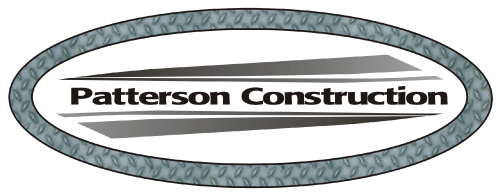A Simple Guide to Choosing a New Roof
A roof must be far more than aesthetically pleasing as a property’s largest structure and the main barrier against the elements.
A roof must be far more than aesthetically pleasing as a property’s largest structure and the main barrier against the elements. However, a roof replacement may be necessary at some stage.
Here are the primary criteria when choosing a new roof:
Requirements for selecting a new roof
The most crucial aspects to consider when choosing a new roof are the location and the climate. The precise local setting also comes into play. Trees close to the property and sunlight or rain exposure are important considerations. A professional roofer can assess the locality and make recommendations while considering building and fire regulations.
Considering that the roof style needs to match the architectural design, cost considerations play a lesser role. Durability, ease of maintenance, and warranty also matter. Again, a professional roofer has all the expertise to help choose a new roof.
Here are some questions to answer:
What is the roof’s desired lifespan?
What climate aspects need consideration?
Does the weight of the new roof match the home’s structure?
What is the roof’s slope, and what type fits the roof pitch best?
Is the roof in keeping with the house design?
What warranty is available?
How much maintenance does the roof require?
Are the materials environmentally friendly?
Does the cost fall within the budget?
Popular roof materials
The choice of material is of paramount importance. Let’s look at the most popular roof types:
Asphalt composite shingles
More than four-fifths of roofs in the U.S. consist of asphalt composition shingles. They are inexpensive, available in wide varieties, suitable for most slopes, and fire resistant. On the downside, their lifespan is limited, and the shingles aren’t environmentally friendly.
Metal roofs
Available in aluminum, copper, steel, or zinc alloy, metal roofs vary in cost, have a long lifespan, are wind and fire-resistant, and create a modern appearance. Some metal roofs consist of recycled materials.
Plastic polymer
Plastic polymer mimics wood, slate, or shakes (wooden shingles) in appearance. Plastic polymer roofs are durable, moderate in price, wind- and fire-resistant and suitable for all roof pitches.
Clay tiles
Many Spanish-style homes have natural clay tiles. Heavy but environmentally friendly, they have a medium lifespan and are likely to fall during storms. However, they are expensive.
Concrete tiles
Available at a medium cost, concrete tiles are durable, heavy, and prone to breakages. Due to their weight, concrete roof tiles require a reinforced frame.
Slate
Slate roofs are expensive, environmentally friendly, heavy, and durable. The roof pitch needs to be steep, and the roof frame reinforced to carry the weight.
Wood
Wood roofs have several drawbacks. Apart from poor durability and fire safety issues, wood tiles require more maintenance. On the upside, they are environmentally friendly, and each wood type creates a unique natural appearance.
A roofer knows best!
While the above information provides a basis for choosing a roof, consulting an expert is necessary. Shop around and get advice and quotations from different roofing companies.
Patterson Construction Company installs and repairs residential roofs of all kinds, skylights, roof ventilation, fascia, and underlayment on Phoenix-area homes. Call 602-825-3638 for a free quote today!

